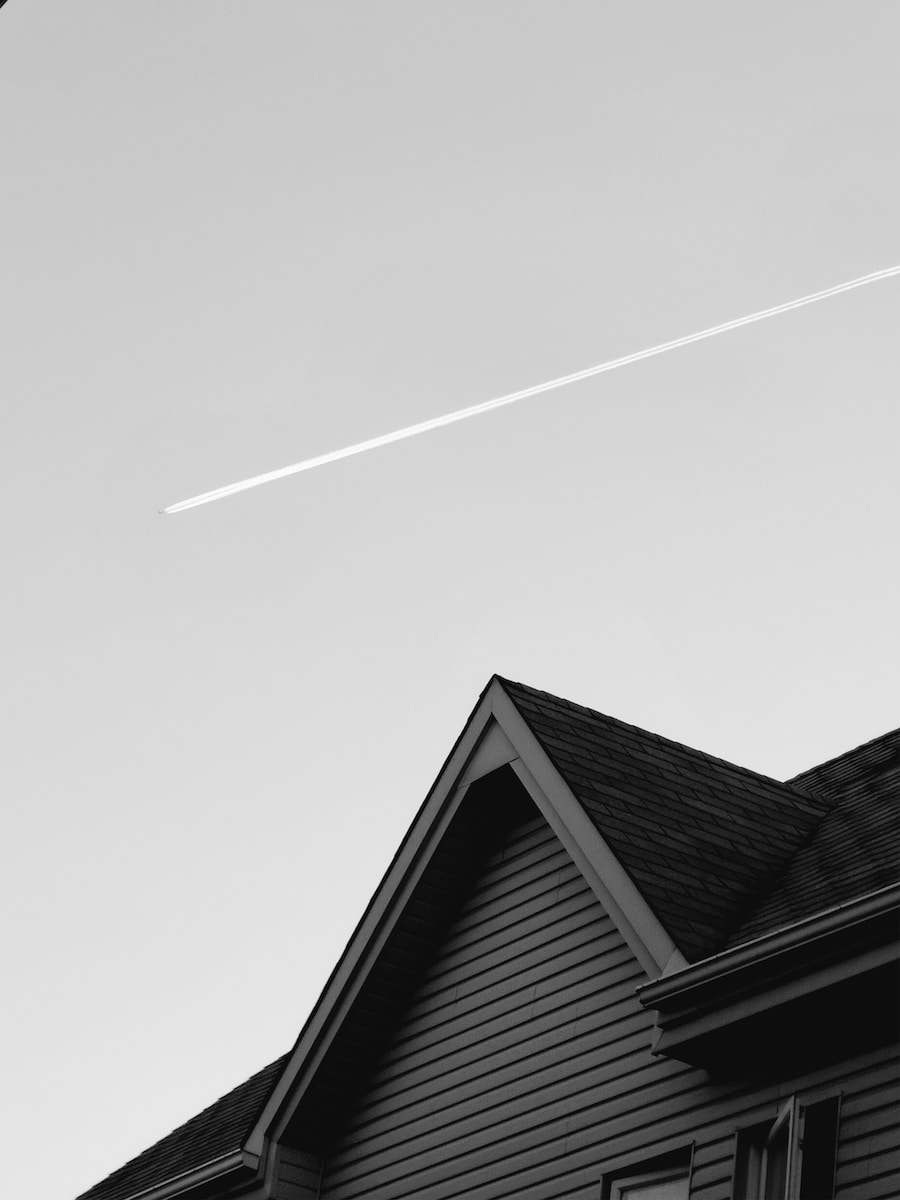Diving Deeper: Exploring the Different Types of Metal Roofs
Introduction
Choosing the right type of roof for a building is of utmost importance as it not only provides protection from external elements like sun, rain, wind, and snow but also contributes to the overall safety and aesthetics of the structure. The roof plays a crucial role in enhancing the building’s durability, which ultimately reduces long-term maintenance costs.
Growing popularity of metal roofs
In recent years, metal roofs have gained immense popularity due to their exceptional durability, energy efficiency, and cost-effectiveness. These roofs come in a wide variety of styles and colors, offering unparalleled aesthetic versatility. Whether it’s a residential or commercial building, metal roofs have become a preferred choice for many.
Overview of the article’s purpose and content
The purpose of this article is to provide a comprehensive understanding of the world of metal roofing. It aims to educate readers about the benefits, various types, and important factors to consider when selecting a metal roof. Additionally, it emphasizes the significance of seeking professional guidance to make informed roofing decisions.
Benefits of Metal Roofs
Durability and longevity
One of the key advantages of metal roofs is their exceptional durability and longevity. Unlike traditional asphalt roofing, metal roofs are resistant to rust, rot, and insect damage. When installed and maintained properly, a metal roof can last up to an impressive 70 years, surpassing the lifespan of other roofing materials. This longevity offers a tremendous return on investment for homeowners and building owners alike.
Energy efficiency and cost savings
Metal roofs are highly energy-efficient, making them an environmentally conscious choice. They have the ability to reflect solar radiant heat, which significantly reduces cooling costs by 10-25%. Over the lifespan of the roof, these energy savings can accumulate substantially, resulting in remarkable cost savings in the long run. Moreover, metal roofs are often made from recycled materials, further contributing to their eco-friendly nature.
Low maintenance requirements
Unlike many other roofing materials, metal roofs require minimal maintenance. Thanks to their exceptional durability, they are highly resistant to damage caused by severe weather conditions, minimizing the need for frequent repairs. Regular inspections and simple cleaning routines are usually sufficient to keep a metal roof in optimal condition, saving both time and money for homeowners and building managers.
Aesthetic appeal and design versatility
Metal roofs offer a wide range of styles, finishes, and colors, allowing for unparalleled aesthetic appeal and design versatility. Whether you prefer a traditional or modern look, there is a metal roofing option to suit every taste and architectural style. Additionally, metal roofs can be customized to mimic the appearance of other roofing materials, such as slate or wood shakes, providing the desired visual appeal without compromising on durability.
Environmental sustainability
Metal roofs are considered environmentally sustainable due to several reasons. Firstly, they can be made from recycled materials, reducing the demand for new resources. Secondly, metal roofs are fully recyclable at the end of their lifespan, contributing to a circular economy. Lastly, their energy-efficient properties help reduce greenhouse gas emissions, making them an eco-friendly choice for those conscious of their environmental impact.
Fire resistance and safety
Metal roofs are highly resistant to fire and can offer an added layer of protection to buildings. They have a class-A fire rating, which is the highest level of fire resistance. This quality can be particularly crucial in regions prone to wildfires or areas where fire safety is of utmost importance. Installing a metal roof can provide peace of mind and an increased level of safety for occupants.
Choosing the Right Metal Roof
Types of metal roofing materials
When it comes to selecting the right metal roof, there are various types of materials to consider. Some of the most common options include:
-
Steel: Steel is a popular choice for metal roofs due to its strength and durability. It is available in different gauges, finishes, and coatings, providing excellent protection against corrosion.
-
Aluminum: Aluminum is lightweight, corrosion-resistant, and ideal for coastal areas or regions with high humidity. It offers exceptional durability and is often used in conjunction with other roofing materials.
-
Copper: Copper is known for its beauty and longevity. It develops a unique patina over time, adding charm and character to a building. Copper roofs are highly durable and can last for centuries with proper maintenance.
-
Zinc: Zinc roofs are renowned for their durability and self-healing properties. They naturally develop a protective layer called patina, which helps prevent corrosion and extends the lifespan of the roof.
Considerations when choosing a metal roof
Several factors should be taken into account when choosing a metal roof:
-
Climate: Consider the climate in your area, including temperature fluctuations, wind patterns, and precipitation levels. Different metal roofing materials may perform better in specific climates.
-
Style and architecture: The architectural style of the building and personal preferences play a significant role in selecting the right metal roof. Consider the desired aesthetic appeal and whether the chosen material complements the overall design.
-
Budget: Determine your budget for the roofing project, including installation costs and long-term maintenance expenses. Compare the costs and benefits of different metal roofing materials to make an informed decision.
-
Professional guidance: Consult with roofing professionals who specialize in metal roofs. They can provide expert guidance based on your specific needs, ensuring you choose the most suitable metal roof for your building.
Conclusion
In conclusion, metal roofs offer numerous benefits that make them an attractive choice for both residential and commercial buildings. Their durability, energy efficiency, low maintenance requirements, and aesthetic versatility set them apart from other roofing materials. By considering the various types of metal roofing materials, as well as important factors like climate, style, budget, and professional guidance, it becomes easier to select the right metal roof that meets your specific requirements. Invest in a metal roof and enjoy its long-lasting performance, cost savings, and peace of mind for years to come.
Note: The complete article is shown in markdown format.
